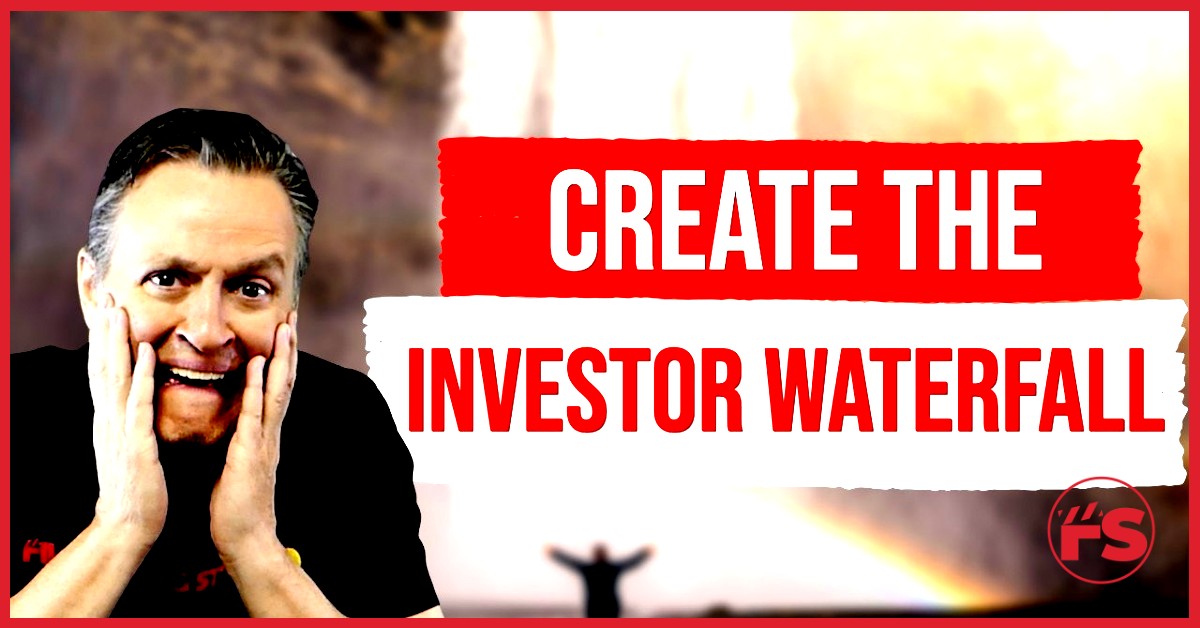If you’re raising money for your movie, there’s one thing you absolutely need to have in your business plan—the film investor waterfall. It’s not optional. It’s the way you show potential investors exactly how their money comes back to them, and what happens when the film starts making profits.
If you’ve never closed a real investment for a movie, chances are you haven’t had to explain a waterfall yet. But once you're in the game, this becomes one of your most important tools. It’s how I’ve closed every single investor I’ve ever worked with.
Let’s break it down in simple terms.
What Is the Film Investor Waterfall?
The film investor waterfall is a breakdown of how incoming revenue gets paid out. You’re showing how the investor gets their money back, and what their cut is once the movie turns a profit.
Let’s use a clean, round number to keep it simple—say you raise $1 million for your film. That’s your budget. And let’s say it’s from one investor.
Here’s how the waterfall works:
- From the first dollar that comes in, the investor gets paid back 120% of their original investment.
- After that, profits are split 50/50—half to the investor and half to the production company.
That’s it. That’s the basic structure that most filmmakers are using today.
How It Plays Out in Real Numbers
Let’s keep going with our example.
The investor puts in $1 million. When the film starts bringing in money, they’re entitled to get $1.2 million back. That’s the 120% return before anyone else gets a dime.
Now, let’s say the film ends up making $2 million total. The first $1.2 million goes to the investor. That leaves $800,000.
Now it’s time for the 50/50 split:
- $400,000 goes to the production company (which might include you, other producers, the director, writer, and any crew with backend points)
- $400,000 goes back to the investor
That means the investor has now received $1.6 million from their original $1 million. That’s a 60% profit on top of getting their investment back. And you’ve paid them fairly, transparently, and professionally.
What If There’s More Than One Investor?
Same rules apply. The key is that each investor’s percentage of the backend is tied to how much they contributed.
Say you have two investors at $500K each. They both get 120% back—so $600K each—before anything is split. After that, they share 50% of the profits between them based on their percentage.
It’s super clean, super fair, and really easy to explain when you walk through it like this.
Why This Needs to Be in Every Business Plan
If you’re using my tool, Movie Plan Pro, you’ve probably seen this called the Hypothetical Investment Return. I use that section in every plan because it helps investors see what could happen. It gives them a clear path to profit, and that builds trust.
Don’t skip this. I’ve walked investors through this structure on a whiteboard, on a napkin, in a PowerPoint—it doesn’t matter where you do it, but it needs to happen.

The Bottom Line: Know Your Waterfall
At the end of the day, if you want to raise real money, you’ve got to understand the film investor waterfall and be able to explain it clearly. It shows you’re legit. It shows you respect your investors. And it makes closing a deal that much easier.
I promise—once you’ve done this a few times, it becomes second nature.
If you want templates, examples, and a full breakdown, check out Movie Plan Pro. That’s where I walk you through everything step-by-step.
Now get out there, and close that deal.